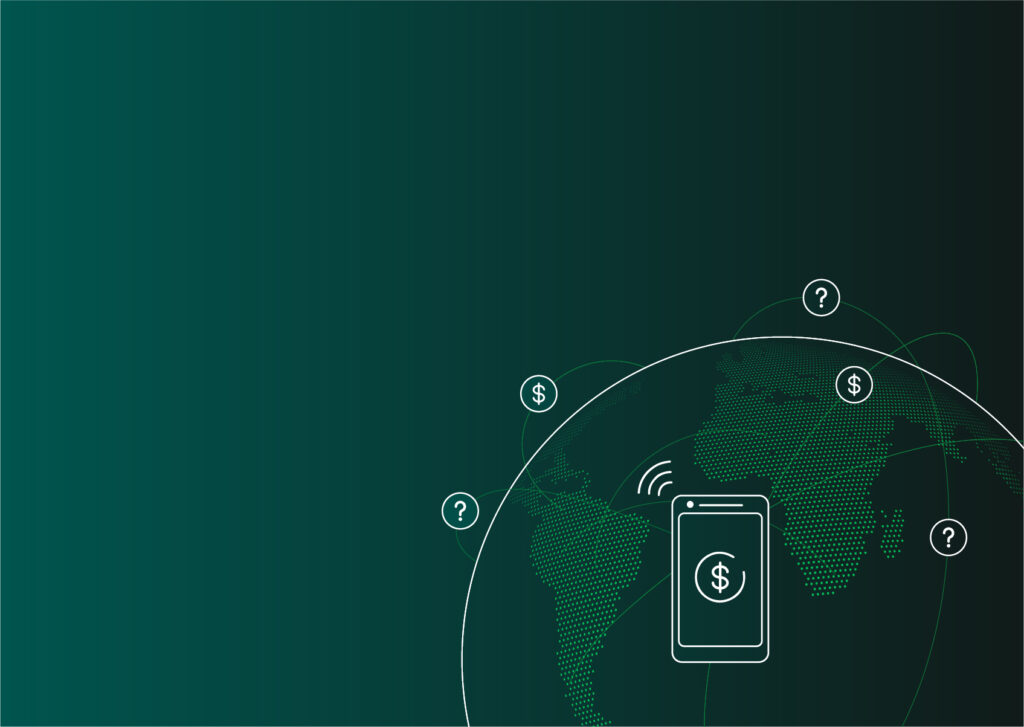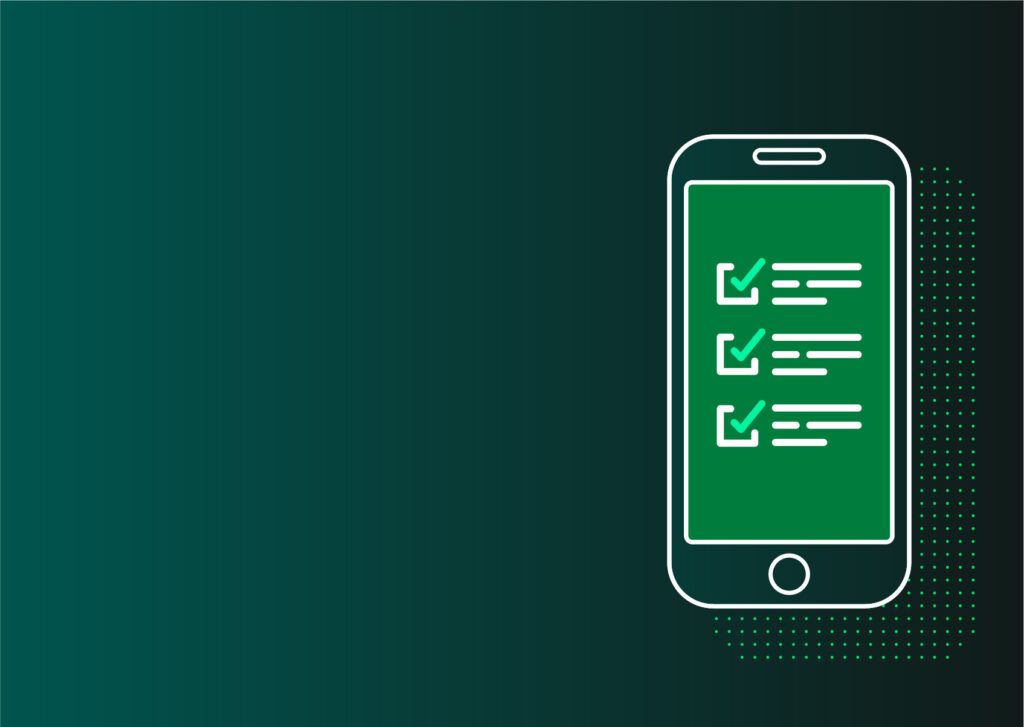
“Our data is stored in servers, so government can make strict rules regarding not hampering privacy of citizens. We need to have trustworthy individuals in charge of managing the servers.”
“I felt scared [when looking at the data Google stores] – it wasn’t just that they were collecting my location, they were collecting a pattern of my locations so they knew where I would be at a certain time.”
These quotes illustrate a subtle but important difference in the approach to digital experiences expressed by men and women. The first comes from Prajit, a 57-year-old Indian man, and reflected a dispassionate policy-oriented viewpoint. The second comes from, Alison, an 18-year-old Asian woman in California. Her sense of personal violation is not unusual. From Ohio to Assam, a shared discourse of fear and invasion in digital experiences runs through many women’s digital worldviews.
Thanks to generous sponsorship from PayPal, we have spent the past several months speaking to a small sample of low- to middle-income men and women in the U.S. and India with the intent to probe themes relating to experience, behavior, and attitudes in the digital world, including digital financial services. These results add to a body of work — such as work on the exposure of negative bias towards women in the algorithms used by digital lenders (see here and here) — about how women’s digital data can work against rather than for them.
Our conversations took place in two parts. In the first interview, we mapped out the digital lives of respondents. Through this mapping, we were able to capture the whole of respondents’ “portfolios” of digital tools and services — including not only digital financial services, but also social media, e-commerce, communications, and any other digital tool or service that might capture and use customer digital data.
In preparing for the second conversation, we informed respondents about how their most-used providers kept — and used — specific data. For example, with users of any Google product, we explained — and, where possible, showed — how they could see in Google Takeout the locations they had been, their YouTube videos, their search activity, their email, their contacts, and many other pieces of data. We explained that this data helps to create user profiles that suppliers can then target.
We then had an open-ended conversation about what they knew — or did not know — and how they felt about this information. What emerged from these conversations was a bifurcation in digital philosophies, a gendered digital worldview perpetrated by and perpetuated in the specific discourses of these men and women, particularly in discussions of digital exposure.
What emerged from these conversations was a bifurcation in digital philosophies, a gendered digital worldview.
Men and women in our sample approached the topic of digital exposure — the extent to which personal, demographic, and behavioral data is accessible or shared with digital service providers — in very different ways.
In discussions about digital exposure, men overwhelmingly were philosophical. Their concerns lay in abstracted notions of right and wrong, what should be done, and by whom, and tended toward a generalized, high-level discourse.
For example, Collin, a 23-year-old Kenyan migrant living in New York City, spoke in terms of a moral code on the topic of the sale of personal data:
“[For a company to] share your secrets, it’s something that it’s not in line with accepted code of conduct.”
Through a Lens of Fear
Women, however, were more inclined to frame their exposure on a personal level and usually through a lens of fear. For these women, their concerns parallel the challenges and threats they encounter in their physical lives. They tended not to debate about morality or responsibility, or digital exposure as a society-level concern. Rather, they spoke at length — and in visceral analogies — about their safety and invasion of their privacy.
For example, Sonam, a 27-year old Indian woman working in banking, expressed personal fear when discussing real-time location tracking:
“You never know who can follow you from your location data, the thought is quite scary.”
Alisha, a 50-year-old woman from Texas, when informed that her phone or device is recording her, drew on lived experience and spoke of violation:
“It reminds me of when my home was broken into… and he rummaged through my bedroom drawers and that was the part that bothered me the most because he went through my underwear drawer… you went somewhere no one goes.”
Worse, women’s comments suggest they are even less sure how to protect themselves from these personal invasions in the digital world compared to invasions in the physical one. Exposure in their digital lives is a mirror to the risks they face in their physical lives – but they have less information about how they navigate them.
In response to threats, many women find it necessary to curtail their behavior and activities in the physical world to avoid feeling or being violated. While the digital world could — and should — be different, where women can take full part in all it has to offer without feeling threatened, the reality is starkly contrary. When it comes to physical safety, women provide advice to each other about how to protect themselves in different contexts – do not walk alone at night if you can avoid it; lock your car doors; if you put your drink down, do not pick it up again. These constraints are frustrating and limiting, but at least they are known.
While technology-facilitated gender-based violence, such as cyberbullying and online harassment, has been acknowledged and discussed, the difference here is that these women are not reacting to a stranger harassing them online. This is a sense of violation from a service they need to use to engage in their personal and business lives. The strategies for protecting oneself against this kind of invasion are nebulous at best. Indeed, the threats themselves are often unknown and obscured. And this lack of knowledge is perceived as a violation among the women we interviewed.
Danielle, for example, analogizes this lack of knowledge to date rape:
“If you’re a woman and someone drugs you and rapes you and you wake up and you don’t know that you’ve been drugged and raped. Then you see the video and you realize that this has happened, but before you see the video you did not even know you had been violated. So, I feel there’s some aspect of this that feels off about it — like I’ve been raped, and I don’t even know that I’ve been raped so I feel not only violated but tricked into not knowing.”
Through these conversations, a gendered narrative emerges that belies a split between men’s and women’s digital worldviews. Worldviews that influence and determine their digital behaviors and lives. These interviews and others suggest a common desire from many women who say they have or would like to curtail their activities on specific digital products because they are concerned about safety. But opting out of digital tools is at an end of a behavioral spectrum. Simply limiting the use of products creates a digital divide of its own.
Governments and digital service providers alike benefit from an increasingly digital population. For example, government-to-person transfer programs in developing countries are increasingly dependent on digital technologies to deliver services and provide an interface to the public. Digital service providers benefit from a large and growing consumer market. However, both governments and private providers bear increased responsibility in meeting expectations of digital safety for these benefits to be realized.
Both will fail if governments and providers do not better understand the nuances of consumer concerns. This is not currently being done. Eliciting concerns about data security and privacy must consider how experiences are gendered if we want to build – and maintain – trust among women.
Going forward, we will seek to further investigate the nature of women’s digital worldviews and their effects on digital behavior, especially in the realm of digital financial services. Specifically, we look to understand specific barriers women face in using digital services, investigate perceptions of the value of these services, and evaluate the design and function of digital services through a gendered lens.









